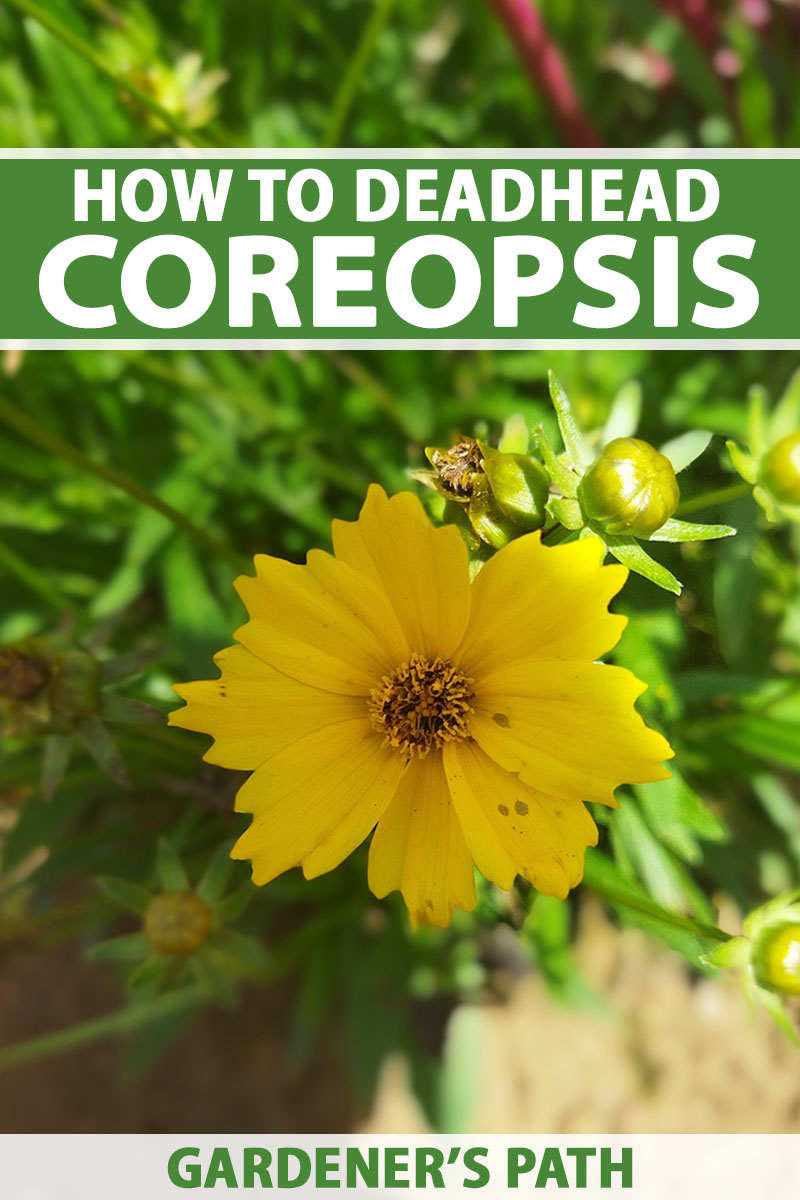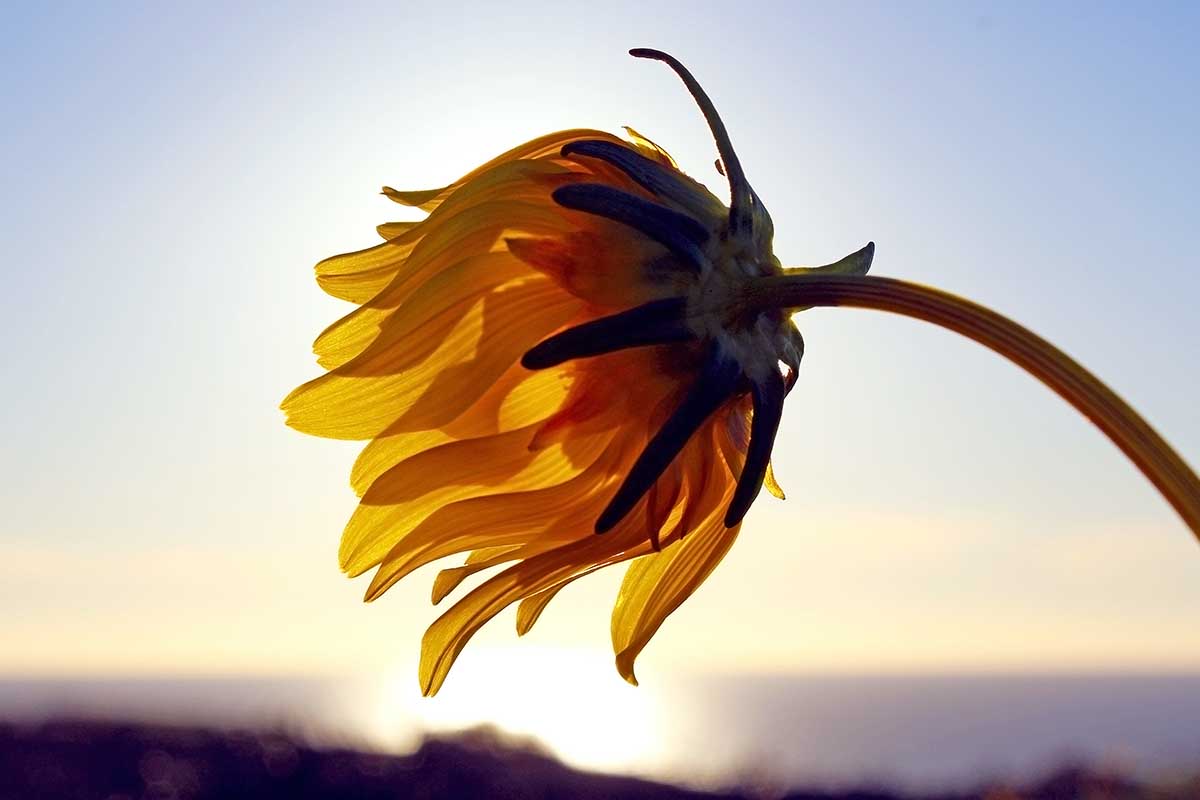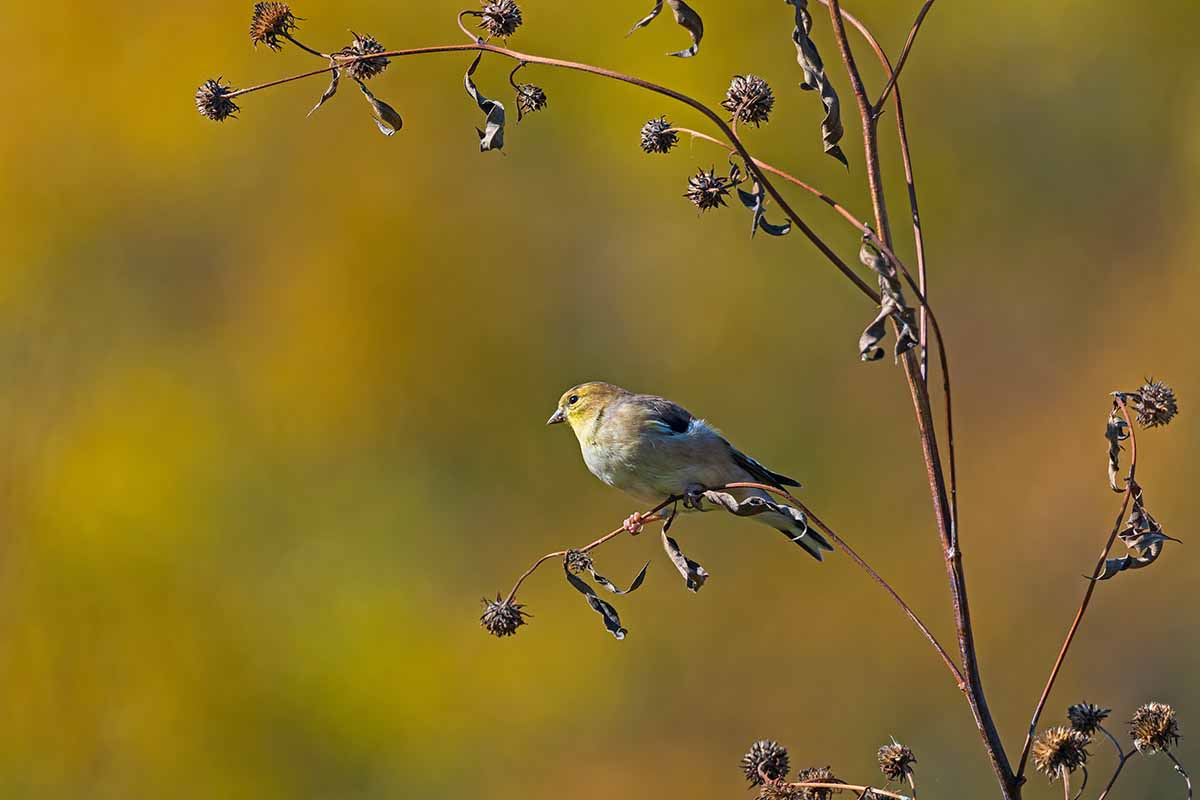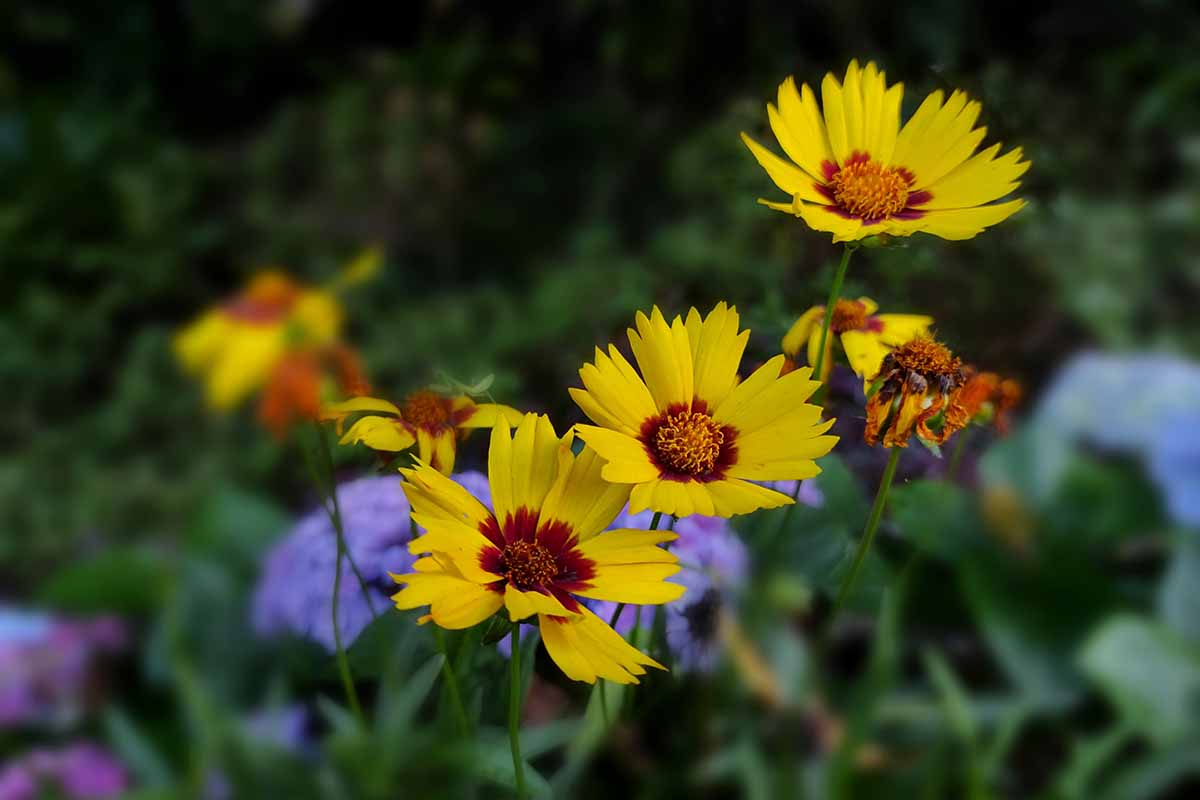Do you have vibrant coreopsis plants in your garden that you’re proud of? If you do, you might be asking yourself a typical gardening question: “Should I deadhead them or not?” We’re here to help you solve the mystery of deadheading coreopsis and assist you in making a decision.

To assist you in finding appropriate products, we provide links to vendors. When you make a purchase from one of our links, we may receive a commission. Are you ready to delve into the world of coreopsis deadheading? Put on your gardening gloves and let’s investigate whether these delightful flowers flourish with or without some snipping. In this guide, we will cover everything you need to know about coreopsis deadheading. Without further ado, let’s get started! As a fellow green thumb, I have a joke that may make you grin, or cringe due to its badness. Why did the gardener refuse to become an executioner? Because he only wanted to be known as a “deadheading” expert, not a “be-heading” enthusiast! Keep in mind that we are here to discuss the topic at hand, so let’s proceed.

Yes, it is recommended to deadhead coreopsis for optimal reblooming. This simple and rewarding practice can be compared to giving your plant a VIP ticket to the hottest flower party of the year. Deadheading is like a luxurious spa treatment that guarantees a front-row seat to a breathtaking floral display. By removing spent flowers, you are investing in the future explosion of fresh blooms. As with any flowering plant, blooms will eventually fade away, but deadheading helps promote the growth of new healthy buds and blooms while preventing unwanted self-seeding. It also allows the plant to redirect its energy to the parts that need it the most. You can extend the blooming period and enhance the overall attractiveness of these perennials by snipping off the spent flowers. So, grab those gardening shears and get ready to treat your coreopsis to some well-deserved pampering. With regular deadheading, you can enjoy a spectacular display of blooming all summer and fall.

Knowing when to deadhead your coreopsis is easy – just look for fading and withering blooms. You can choose to deadhead continuously or wait until most blooms have faded. The frequency of deadheading can be tailored to your desired aesthetic and your specific coreopsis variety, taking into account growth habits like height, size, flowering pattern, branching, and stem structure. With a range of growth habits, flowering patterns, and stem structures, it’s important to consider the characteristics of your specific variety before deadheading. Trust your inner gardener intuition to know when it’s time to give your coreopsis a plant cutback. Deadheading simply involves removing wilting flowers and pruning dead flowers from the plants to encourage reblooming and keep the plant looking tidy. You can choose to remove both the spent flower and its stalk or simply pinch off the spent bloom.

Deciding whether to trim the entire stem or just prune the flowers ultimately depends on your own preference. Keep in mind that there isn’t a single correct way to go about it. Both methods can be successful in stimulating fresh growth and sustaining blossoming, so feel free to try out both approaches and see which one suits you and your plants better.

If you have a specific appearance in mind for your plant, there are various techniques you can use to create a textured and visually intriguing look. While you may not initially see the connection between aesthetics and deadheading coreopsis, your desired appearance should guide your deadheading decisions. If you want a profusion of blooms, remove only the most faded or unappealing flowers and stems, leaving the majority intact. Pinching the flowers instead of cutting the stem can give a more natural and relaxed look, which is ideal for a garden with a wildflower or cottage-style aesthetic. Coreopsis flowers have a relatively long lifespan, so if you appreciate mature seed heads or want to attract wildlife, you can choose to deadhead some flowers while leaving others. This approach adds a unique visual element and enhances the plant’s natural beauty.

Ultimately, determining the desired appearance of your garden comes down to personal taste. Depending on your preferred style, you can adjust how much deadheading is necessary to achieve the desired visual effect. If you find yourself at a point during the summer or autumn where you no longer wish to deadhead your coreopsis plants, you can simply leave them be and let them go to seed. This decision not only enhances the aesthetic appeal of your garden but also provides birds with a valuable food source during the winter months. By embracing seed production, you can contribute to the cycle of life in your garden while enjoying the beautiful blooms and supporting local wildlife. Alongside deadheading, you can also employ alternative pruning techniques to promote continuous blooming and maximize the overall bloom time of your coreopsis.

If you’re looking for ways to promote reblooming in your tickseed flowers without spending hours deadheading each bloom, consider using either the shearing or Chelsea Chop technique. Shearing involves cutting the plant back after flowering to a few inches above the ground and leaving two to three inches of stem above the soil. Make sure to cut just above a node with a leaf and bud to encourage branching and new flower growth. This method removes spent flowers, encourages compact growth, and stimulates new growth from the base of the plant. To shear, simply use shears to make your cuts. The Chelsea Chop is another method used in the spring to cut back stems by a third or half of their height, extending the flowering period. By incorporating these techniques into your plant care routine, you can maintain continuous blooming, rejuvenate your plants, and enjoy vibrant coreopsis in your garden.





